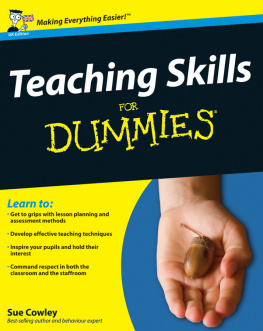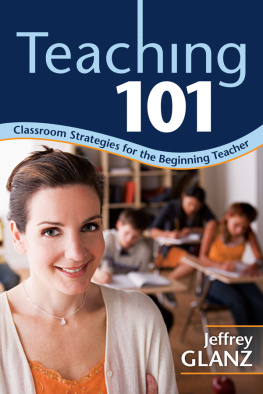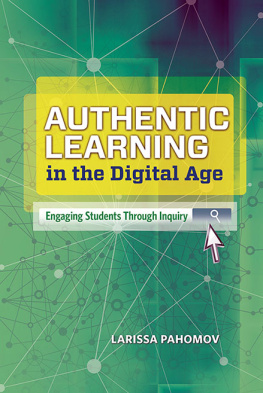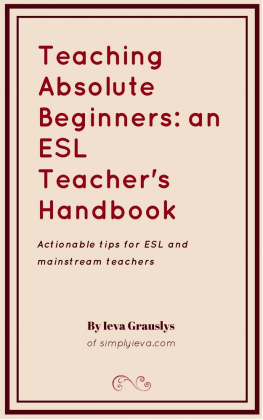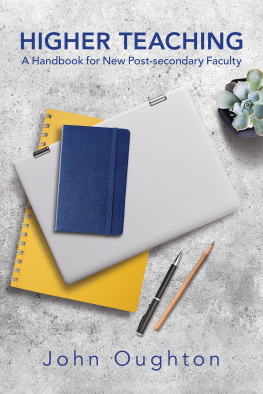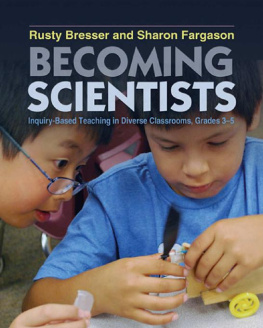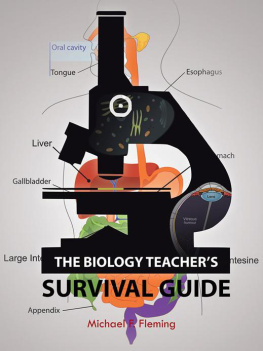Copyright 2009 NSTA. All rights reserved. For more information, go to www.nsta.org/permissions.
Copyright 2009 NSTA. All rights reserved. For more information, go to www.nsta.org/permissions.
Key to Cover Illustration
1 double helix
2Grevillea robusta (silk or silver oak)
3Plebeius idas (idas blue butterfly)
4Glaucomys volans (southern flying squirrel)
5Chamaeleo chamaeleon (common
chameleon)
6Lilium maculatum (lily, sukashi-yuri)
7Phrynops geoffroanus (Geoffroys
side-necked turtle)
8Felis concolor (mountain lion)
9Octopus vulgaris (common octopus)
10Tragelaphus strepsiceros (greater kudu)
11Larus argentatus (herring gull)
12Ceroxylon quindiuense (wax palm tree)
13Loxodonta cyclotis (African forest elephant)
14Acer negundo (boxelder)
15Parthenocissus tricuspidata (Japanese creeper,
Boston ivy)
16Cyathea medullaris (black tree fern)
Copyright 2009 NSTA. All rights reserved. For more information, go to www.nsta.org/permissions.
Arlington, Virginia
Copyright 2009 NSTA. All rights reserved. For more information, go to www.nsta.org/permissions.
Claire Reinburg, Director
Jennifer Horak, Managing Editor
Judy Cusick, Senior Editor
Andrew Cocke, Associate Editor
Betty Smith, Associate Editor
Art And design Will Thomas, Jr., Director
Tim French, Senior Graphic Designer, Cover and Interior Design
Printing And Production Catherine Lorrain, Director
Jack Parker, Electronic Prepress Technician
nAtionAl science teAchers AssociAtion Francis Q. Eberle, PhD, Executive Director
David Beacom, Publisher
Copyright 2009 by the National Science Teachers Association.
All rights reserved. Printed in the United States of America.
11 10 09 4 3 2 1
Library of Congress Cataloging-in-Publication Data
The biology teachers handbook / by BSCS.
p. cm.
Includes bibliographical references and index.
ISBN 978-0-87355-244-8 (alk. paper)
1. Biology--Study and teaching. I. Biological Sciences Curriculum Study
QH315.B622 2009
570.71--dc22
2008048243
NSTA is committed to publishing material that promotes the best in inquiry-based science education. However, conditionsof actual use may vary, and the safety procedures and practices described in this book are intended to serve only as a guide.Additional precautionary measures may be required. NSTA and the authors do not warrant or represent that the proceduresand practices in this book meet any safety code or standard of federal, state, or local regulations. NSTA and the authorsdisclaim any liability for personal injury or damage to property arising out of or relating to the use of this book, includingany of the recommendations, instructions, or materials contained therein.
Permissions You may photocopy, print, or email up to five copies of an NSTA book chapter for personal use only; this does
not include display or promotional use. Elementary, middle, and high school teachers only may reproduce a
single NSTA book chapter for classroom- or noncommercial, professional-development use only. For permission
to photocopy or use material electronically from this NSTA Press book, please contact the Copyright Clearance
Center (CCC) (
www.copyright.com; 978-750-8400). Please access
www.nsta.org/permissions for further information
about NSTAs rights and permissions policies.
Copyright 2009 NSTA. All rights reserved. For more information, go to www.nsta.org/permissions.
Contents BSCS Contributors......................viii
Preface History of
The Biology Teachers Handbook..... xi
Introduction Planning Your Biology Course.........xiii
Section I
Introduction A Context for Good Teaching.......... 1
Chapter 1 The Relationship Between Teaching and Learning .. 3
Chapter 2 Teaching Science for Equity.......... 15
Chapter 3 Unifying Principles of Biology.......... 29
Chapter 4 Attending to Conceptual Challenges....... 41
Section II
Introduction Invitations to Inquiry............. 61
Chapter 5 What Is Inquiry?............... 63
Chapter 6 Getting Started With Inquiry:
Six Invitations................ 77
Invitation to Inquiry 1:
Seed Germination............. 80
Invitation to Inquiry 2:
Natural Selection............. 84
Invitation to Inquiry 3:
Predator-Prey and Natural Populations..... 90
Invitation to Inquiry 4:
Light and Plant Movement......... 97
Invitation to Inquiry 5:
Cell Nucleus.............. 102
Invitation to Inquiry 6:
Thyroid Action............. 108
Chapter 7 An Invitation to Full Inquiry......... 115
The Biology Teachers Handbook
v
Copyright 2009 NSTA. All rights reserved. For more information, go to www.nsta.org/permissions.
Section III
Introduction The Role of Controversy
in Biology Education............ 127
Chapter 8 Perspectives on Contemporary Controversial
Topics in Biology Education......... 131
Controversial Topic 1:
Evolution............... 136
Controversial Topic 2:
Human Reproduction.......... 138
Controversial Topic 3:
Environmental Issues.......... 139
Controversial Topic 4:
The Use of Animals in the Classroom.... 141
Controversial Topic 5:
Recombinant DNA Technology
and the Human Genome Project...... 142
Section IV
Introduction Creating a Culture of Inquiry
in Your Biology Classroom.......... 151
Chapter 9 How to Set Up and Manage
Your Biology Classroom........... 153
Chapter 10 How to Use Collaborative
Learning in Your Classroom......... 169
Chapter 11 How to Use Science Notebooks
in Your Classroom............. 191
Chapter 12 How to Help Students
Make Meaning From What They Read..... 203
Chapter 13 How to Help Your Students
Evaluate Information............ 225
Chapter 14 How to Help Students Construct
Their Understanding of Science Concepts.... 231
Chapter 15 How to Promote Scientific
Conversations Among Your Students...... 249
Chapter 16 How to Use Assessments to
Improve Student Learning.......... 257
vi
National Science Teachers Association
Copyright 2009 NSTA. All rights reserved. For more information, go to www.nsta.org/permissions.
Chapter 17 How to Select Programs
for Your Inquiry Classroom.......... 267
Section V
Introduction BSCS and Biology Education......... 285
Chapter 18 BSCSs Influence in Biology Education..... 287
Chapter 19 A BSCS Perspective on Contemporary
Biology Education............. 301
AppendiXes Appendix A
National Science Education
Standards for 912 Life Science...... 314
Appendix B
Common Solutions for the High
School Biology Laboratory........ 318
Appendix C
Safety Issues for the Biology Classroom
.... 324
indeX..................... 327
The Biology Teachers Handbook
vii
Copyright 2009 NSTA. All rights reserved. For more information, go to www.nsta.org/permissions.
BSCS Contributors
BSCS Project Team April L. Gardner,
Project DirectorSection I Janet Carlson,
Executive Director Susan Kowalski,
Science Educator April L. Gardner,
Science Educator Brooke Bourdlat-Parks,
Science Educator Sarah Wise,
Science EducatorSection II Anne Westbrook,
Science EducatorSection III Mark Bloom,
Science Educator Paul Beardsley,
Science EducatorSection IVNext page


